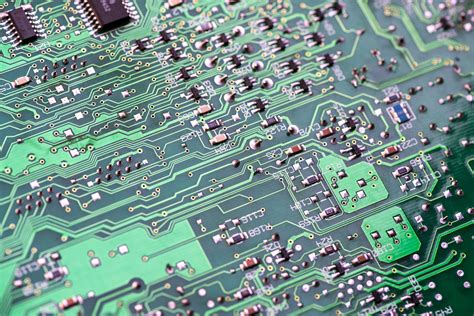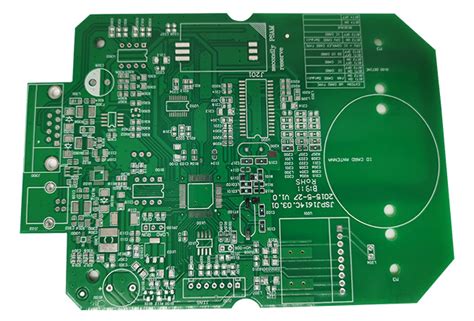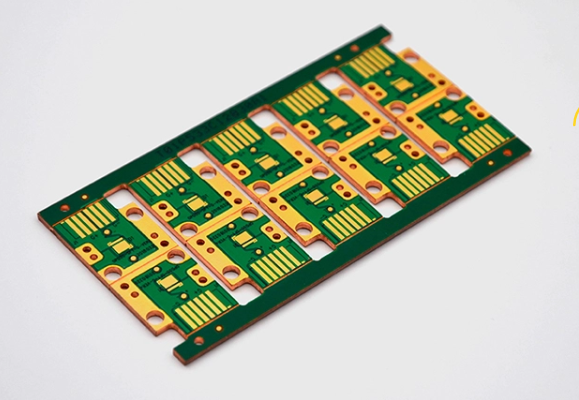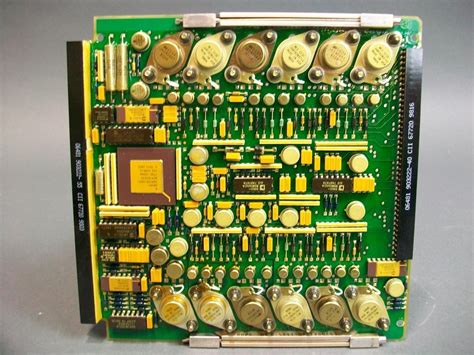What details should be paid attention to in PCB design
PCB design is complicated, and various unexpected factors will affect the achievement of the overall solution. In order to produce high-quality PCB boards on time, without increasing design time and incurring costly rework, design and circuit integrity problems must be discovered as early as possible in the design process.
However, there are many small details in the PCB design process. If some small details are not paid attention to, they may greatly affect the performance of the entire PCB and even determine the success or failure of the entire product. In order to maximize design efficiency and product quality, what other details should we pay attention to?
In the actual process of docking with customers, we have also summarized some precautions for character, appearance, and panel design. As a high-reliability multi-layer board manufacturer, Huaqiu Electronics focuses on PCB research and development and manufacturing, providing customers with a high-reliability, short-delivery board experience.
“Reducing costs and increasing efficiency for the electronics industry” is our mission. We are well aware that in the main production chain, although the design, development and design engineering costs of products do not account for a high proportion, they will have a great impact on the total cost. Given the importance of the product design stage to the quality and cost of the final product, the following article combines actual cases of character, shape, and panel design to share expert solutions for some problems in the design to help reduce costs and increase efficiency throughout the process.
01.Character design case 1: Character design standardization

Problem: The industry generally uses machine stickers, and the requirements for logos are not high, but from an engineering perspective, the characters on the upper window pad will be judged as design abnormalities, which will take time to communicate back and forth.
Expert advice: For the convenience of maintenance and welding, place the bit number outside the device frame, and place or not place the bit number in the dense area in sequence.
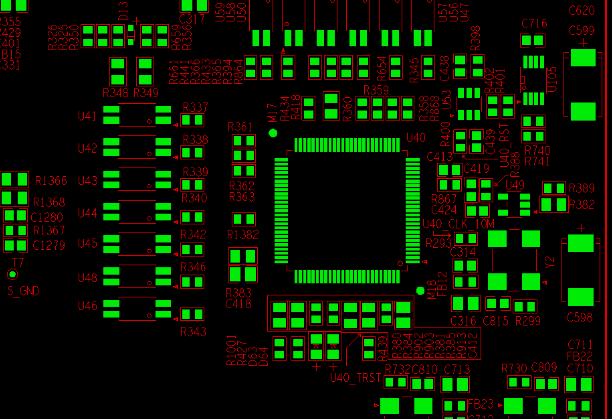
02
Exterior design case 1: Considerations when designing the inner milling groove
Actual milling cutter access & production efficiency issues

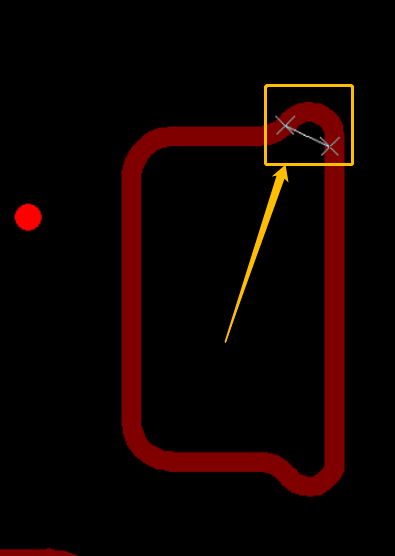
Problem: The design file provided by the customer requires the inner groove to be hollowed out, but the spacing at the arch is less than 0.8mm, and the conventional milling cutter cannot enter
Expert advice: When it does not affect the function of this board, it can be recommended that the customer increase the distance at the arc; place a “corner cleaning hole” at the concave corner (see the white arrow in the figure)
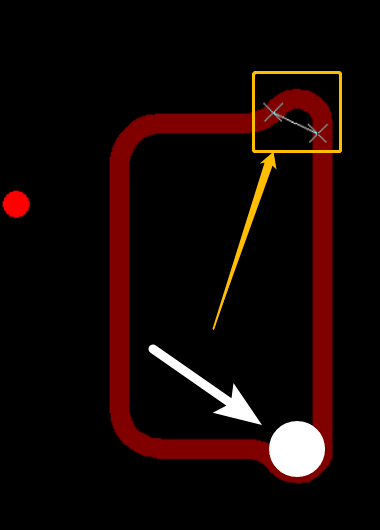
03
Exterior design case 2: Detailed design of board edge connection
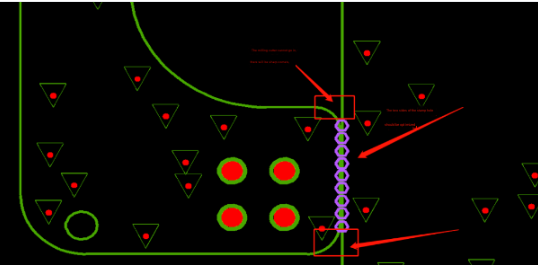
Problem: When designing the board edge connection, the two adjacent boards have rounded corners on one side and straight edges on the other side, and are connected by a stamp hole in the middle. When the milling cutter is used for cutting, sharp corners will be formed after the board is separated, and they need to be rounded after welding. The back-end processing method is generally to drill holes at both ends of the stamp hole. Drilling will cause slight damage to the board, which will generally affect the product, but in terms of PCB standards, it may cause disputes
Expert advice: Without affecting the structure, it is recommended to change the rounded corners to right angles or add “clearing corner holes” to increase production efficiency and make the board more beautiful.

04
SET panel design case 1: panel direction expression
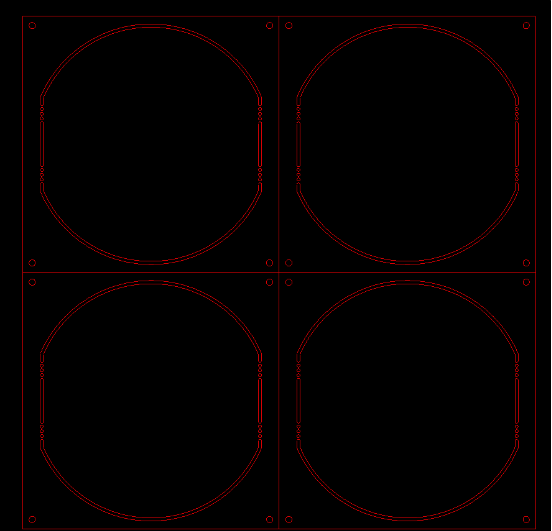
Problem: In the panel direction expression, the customer provides a completely symmetrical panel diagram similar to the left picture above, or provides a physical picture reference similar to the right picture above, without clearly indicating the panel direction. If the small device symbol in the middle is not carefully observed, it is difficult for the back-end personnel to know that it is a parallel panel, and it is easy to mistake it for a straight panel, resulting in interference of devices during welding and failure to weld.
Expert advice: From a standard perspective, clear direction identification is required on the design file (except for asymmetric files)
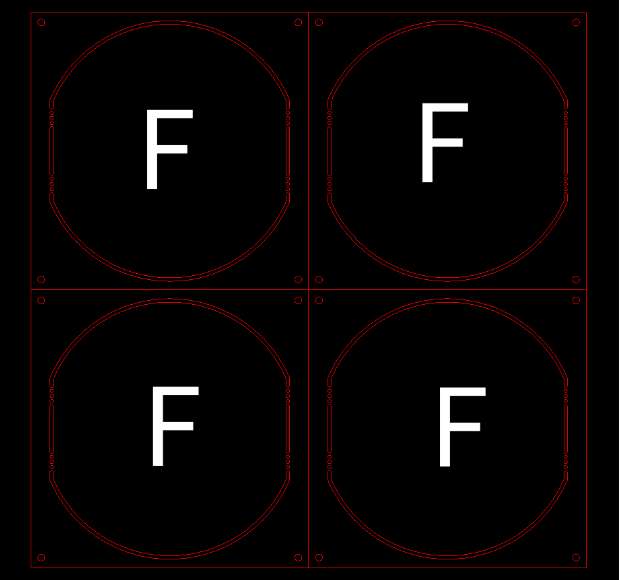

The above are several cases of PCB design detail optimization.

